AO Edited
Velorama National Bicycle Museum
The only bicycle museum in the Netherlands charts the invention of the now-ubiquitous two-wheeled machine.
In the small town of Nijmegen, tucked between the Waal River and a park dotted with ancient Roman ruins, is the Velorama National Bicycle Museum. Here 200 years of cycling history is on display in the Netherlands’ only museum dedicated to the two-wheeler.
The museum’s three-floor collection focuses on 19th-century bicycles from around the world. The exhibit moves chronologically, charting some of the earliest two-wheeled inventions to their culmination in the modern bicycle, which was invented in the late 1800s. There’s German Baron Karl von Drais’s draisine. The 1817 invention was a two-wheeled vehicle that a person propelled with their feet. (It received mixed reviews at the time, and Drais’s contemporary, David Herlihy, wrote, “Mr. Drais deserves the gratitude of cobblers, for he has found an optimal way to wear out shoes.”)
Variations on Drais’s two-wheeled invention became a toy for wealthy children, like the 1822 Draisine A. Burg from Austria also displayed at the museum. The museum also has later bikes on display from the 20th century that belonged to various celebrities, like the 1949 Donald Duck Bicycle.
From the modest bikes of the royal family to functional military bicycles, the Velorama National Bicycle Museum shows how this now-universal invention was invented over the course of decades.


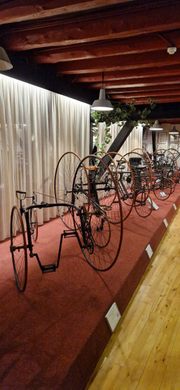
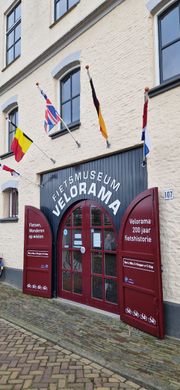
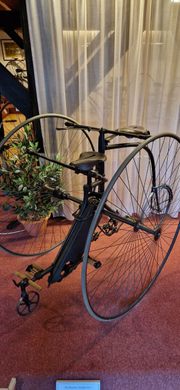
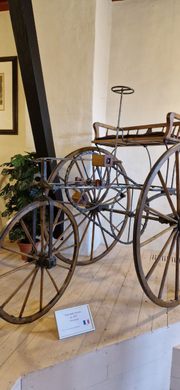
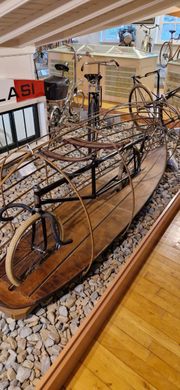
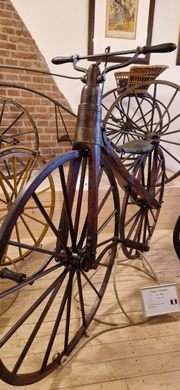










Follow us on Twitter to get the latest on the world's hidden wonders.
Like us on Facebook to get the latest on the world's hidden wonders.
Follow us on Twitter Like us on Facebook